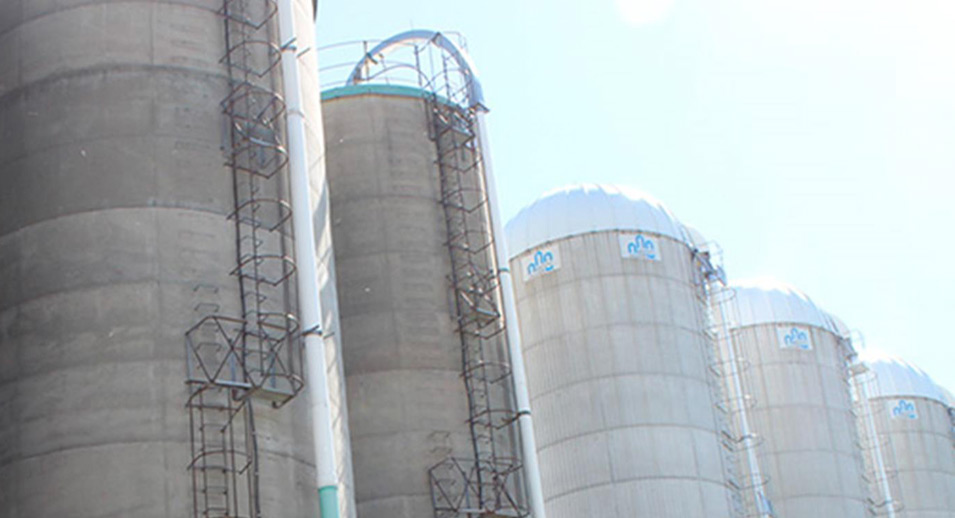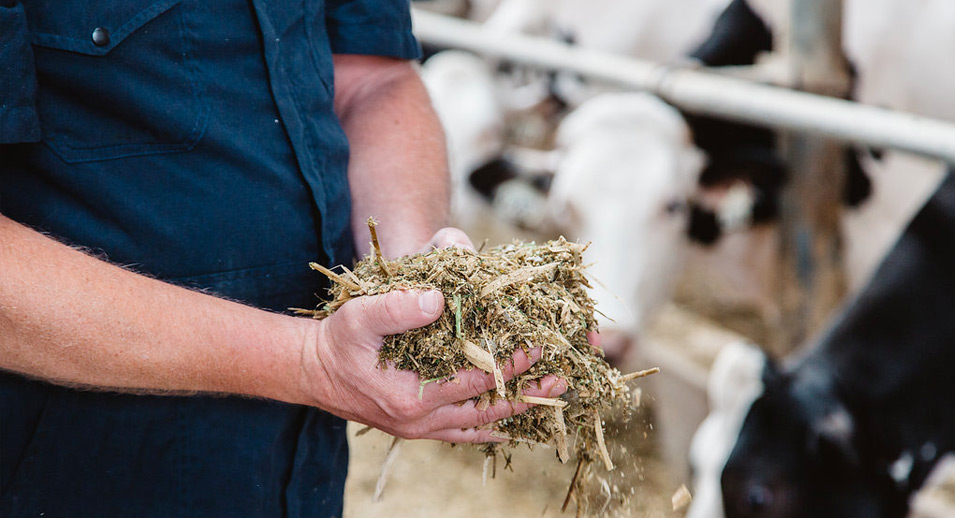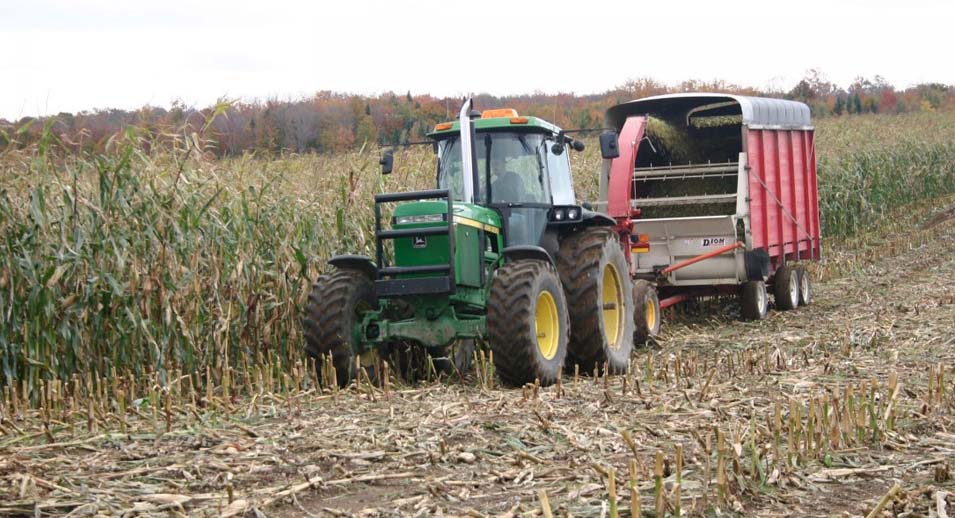Where do silo gases come from and why are they dangerous?
- September 18, 2020
Numerous cases of silo gas poisoning are reported every year in Canada. A study [in French] carried out in 2016, by the Direction de la santé publique de la Montérégie, found that a majority of producers are aware of the risks associated with silo gases. Unfortunately, nearly all the producers surveyed (89%) reported having entered a silo during the risk period, and over half of them (55 %) acknowledged having experienced symptoms of gas exposure in the past.

These findings are cause for concern and point to the need for greater emphasis on silo gas risk reduction. Before going over preventive measures, let’s first look at how silo gases are formed, and why they’re dangerous.
Plant material rapidly consumes all the oxygen in the silo
Silage is the end product of a well-known microbiological transformation, called fermentation. At the very beginning of the process, the plant material uses the oxygen (O2) in the silo to convert sugars to carbon dioxide (CO2) and water, with heat as a by-product. The process continues until all of the oxygen in the silo is used up, which can take anywhere from a few hours to a day. Oxygen in the silo is thus replaced by CO2, an odourless and colourless gas. It’s the lack of oxygen that is dangerous: loss of consciousness can occur within a breath or two. Because CO2 is heavier than air, it accumulates in poorly ventilated areas, like at the silage surface and in feed rooms where the silo chute opens.
A high concentration of nitrates in plants can generate hazardous gases
Certain conditions are favourable to the production of toxic gases in the silo. This phenomenon is caused by an accumulation of nitrates (NO3) in forage plants, particularly grasses, and occurs when plants are unable to convert to protein all the nitrates they extract from the soil through their roots. Hence, any practice that adds a significant quantity of nitrates (e.g., high nitrogen fertilisation) or reduces the rate at which nitrates are converted to proteins (e.g., adverse growing conditions) will lead to a buildup of nitrates in the plant. All the ensiling methods used in Quebec can produce toxic gases. Corn silage is particularly high risk given the high levels of nitrogen used on this crop.
When plants containing large quantities of nitrates are ensiled, the nitrates are transformed into nitric oxide (NO) by the bacteria in the silage. When nitric oxide comes in contact with air, it is converted to nitrogen dioxide (NO2) and dinitrogen tetraoxide (N2O4). Like CO2, these gases are heavier than air and accumulate at the silage surface level, at the base of the silo, and near floor level.
What happens when we inhale these gases?
In the presence of moisture, such as in the lungs, eyes or nasal passages, these nitrogen oxides instantly convert to nitric acid, a highly corrosive compound. No surprise then that these gases are extremely toxic and dangerous. Even short-term exposure can burn the lung tissues, resulting in a significant and irreversible reduction in lung capacity, and sometimes even death. In concentrations over 10 to 25 particles per million (or ppm), silo gases can be toxic for humans – and a silo can easily generate concentrations in the many hundreds of ppm!
Hazardous gases can be present in the silo for many weeks. A reddish haze may signal the presence of nitrogen oxides. Those exposed may also notice a bleach-like odour or experience irritation of the eyes or nose. It is important to underline, however, that the absence of these signs does not necessarily mean that these gases are not present. Nitrogen oxides are difficult to detect by sight or smell, even at dangerous levels.
A number of preventive measures can be implemented to ensure the safety of workers entering a tower silo. Consult this next article for recommended procedures.











